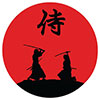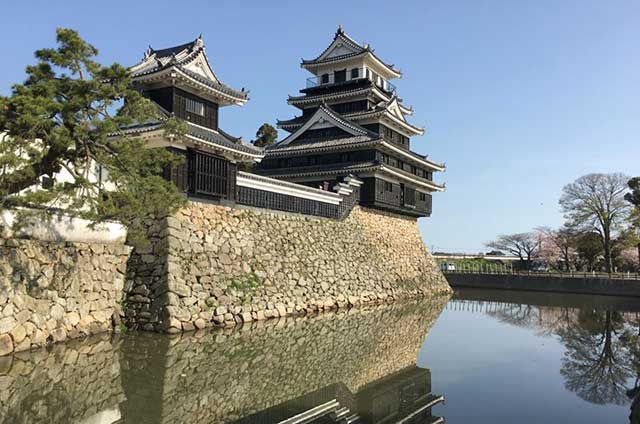
Kuroda Yoshitaka (1546–1604) was one of the closest advisors to the legendary military commander Toyotomi Hideyoshi. He took part in key military campaigns of the late 16th century, including the campaign against Shikoku in 1585 and the campaign against Kyushu in 1587. Later, during the second campaign in Korea, Yoshitaka served as chief advisor to the commander of the invasion forces, Kobayakawa Hideaki. After Hideyoshi's death, he swore allegiance to Tokugawa Ieyasu, thereby securing his influence and patronage under Japan's new leader.
In 1587, Toyotomi Hideyoshi commissioned Yoshitaka to build a new castle on the current site. By 1588, the main buildings had been completed. This castle was named Nakatsu and became one of the rare examples of so-called mizujiro, or “castles on water.” One side of the fortress faced directly onto the sea, and during high tide, seawater filled the moats, turning the castle into a natural fortress. The layout of the castle resembled an open fan, which is why it was also given the poetic name Ogijō, meaning “fan castle.”
After the great battle of Sekigahara in 1600, which brought victory to Tokugawa Ieyasu, Kuroda Yoshitaka received richer possessions in the territory of modern Fukuoka Prefecture. Nakatsu Castle was transferred to Hosokawa Tadaoki. The new owner fortified and expanded the castle, but at the same time began construction of his new residence, Kokura Castle. When Kokura was ready, Tadaoki transferred Nakatsu to his son, Hosokawa Tadatosi.
Later, the castle passed into the possession of the Ogasawara clan, and in 1717 it was given to Okudaira Masashige. The Okudaira clan owned the fortress until the Meiji Restoration. At various times, famous people lived within the walls of Nakatsu: the scholar Maeno Ryotaku (1723–1803), author of a Japanese-Dutch dictionary, and the outstanding Meiji-era philosopher Fukuzawa Yukichi (1834–1901).
In 1877, during Saigo Takamori's rebellion against the new Japanese government, the castle was severely damaged, with 22 watchtowers and the main keep burned down. It was not until 1964 that the keep was rebuilt in reinforced concrete with funds from the descendants of the Okudaira clan. Since the original drawings and images of the castle were not preserved, archival photographs of Hagi Castle, destroyed in 1874, were used for the reconstruction.
Until 2010, the castle buildings were privately owned, after which they were purchased by a company from Saitama Prefecture. The modern donjon of Nakatsu Castle consists of five tiers and five floors, and its walls are covered with black boards. A two-tiered watchtower stands nearby, and the residence of Yukichi Fukuzawa has also been restored.
Today, the donjon houses a historical museum with an interesting collection of artifacts. Matchlock guns occupy a special place, as there are quite a few of them here. In addition, reenactment festivals are regularly held near the castle, where shooting with ancient weapons is demonstrated.
Nakatsu Castle is also associated with the descendants of the samurai Ochia Michihisa, the very warrior who depicted the crucified Torii Sunemon, the hero of the siege of Nagashino Castle, on his battle flag.
See also
-
Aizu-Wakamatsu Castle
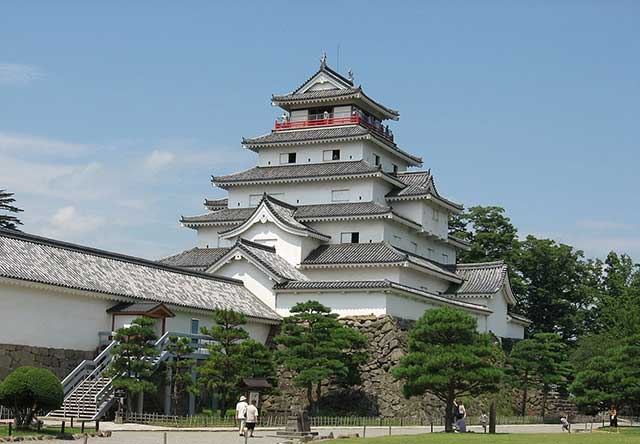
Aizu-Wakamatsu is the most powerful and at the same time the oldest castle in the Tōhoku region in the north of Honshu Island. Its history begins in the 14th century and is closely connected with the Ashina clan, whose members claimed descent from the legendary Taira family.
-
Maruoka Castle
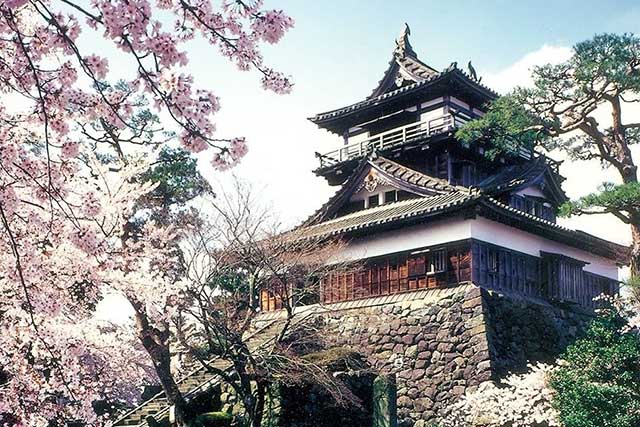
Maruoka Castle is located in the central part of the former city of Maruoka, which is now part of the city of Sakai. This area lies in the northeastern part of Fukui Prefecture. The castle was built on the bank of the Kuzuryu River, on the side opposite Fukui City, which once served as the administrative center of the former Echizen Province. Thanks to its location, Maruoka held significant strategic importance, as it controlled two major routes at once: the Hokurikudo highway leading from Kaga Province and the Mino Kaido road connecting these lands with Mino Province.
-
Marugame Castle
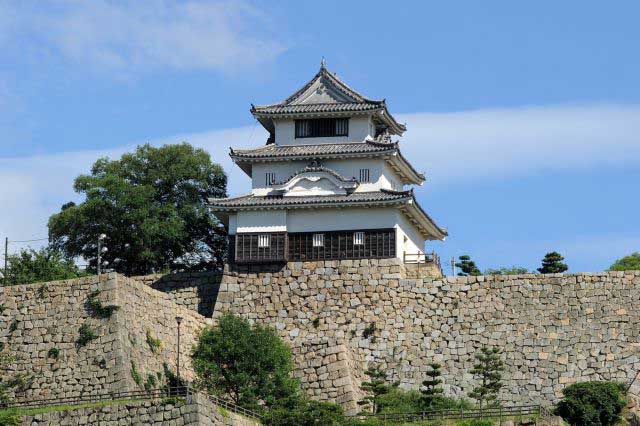
Marugame is part of the so-called “Authentic Dozen,” a group of twelve castles whose donjons have survived to the present day without major reconstructions since the Edo period.
-
Iyo Matsuyama Castle
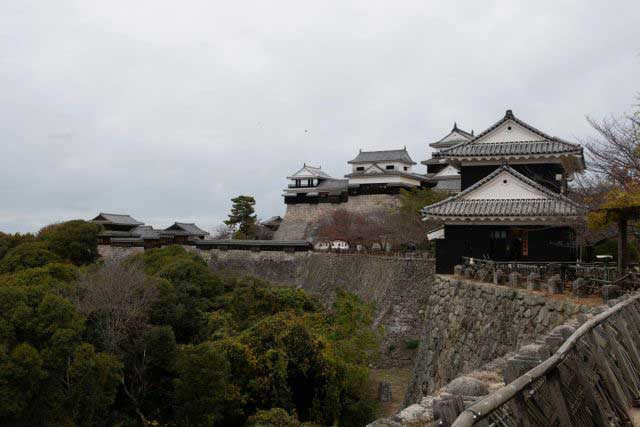
Historically, the center of Iyo Province—corresponding to today’s Ehime Prefecture on the island of Shikoku—was the city of Imabari, while the Matsuyama area was regarded as an agricultural hinterland with broad plains and low hills. During the Muromachi period, the central part of the province was governed by the Kano clan from Yuzuki Castle. With the onset of the Sengoku period, however, this clan lost its former influence and was forced to survive in the shadow of the more powerful Mori and Chōsokabe clans. After Toyotomi Hideyoshi’s forces conquered Shikoku in 1587, the northern part of Iyo Province was granted to Fukushima Masanori, one of the so-called “Seven Spears of Shizugatake.” In 1595, Masanori was transferred to Kiyosu Castle, and the lands around Matsuyama were given to another of the Seven Spears, Katō Yoshiaki, who received Masaki Castle and an income of 60,000 koku of rice.
-
Kanazawa Castle
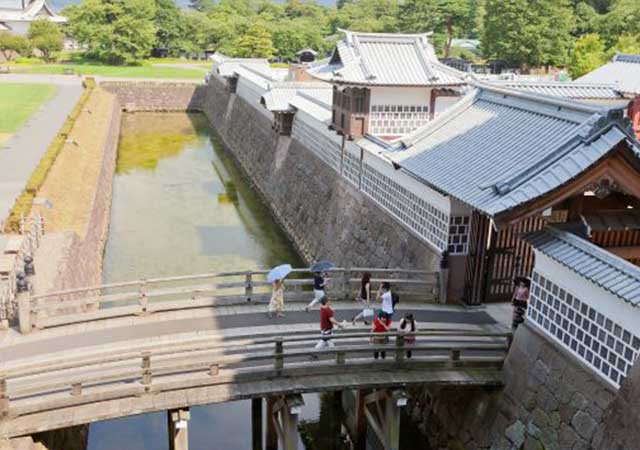
Construction of Kanazawa Castle began in 1580 on the orders of Sakuma Morimasa, a vassal of Oda Nobunaga. The castle was built on the site of the Ikko-ikki sect's Oyama Gobo temple, which is why it is sometimes called Oyama Castle. Morimasa managed to build several moats and begin construction of a castle town. However, after his defeat at the Battle of Shizugatake in 1583, he was executed, and ownership of the castle passed to Maeda Toshiie (1538–1599).
-
Edo Castle
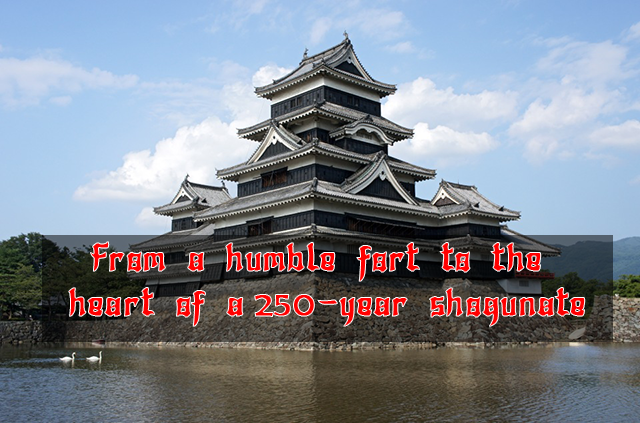
The history of Edo Castle dates back to the Heian period, when the Edo clan built a small fort on this site. In 1457, the vassal of the Uesugi clan, Ota Dokan (1432–1486), constructed a full-scale castle here. Internal conflicts weakened the Uesugi clan, and in 1524, Ota Dokan’s grandson, Ota Yasutaka, surrendered the castle without resistance to the forces of Hojo Soun, the ambitious leader of the Hojo clan. While Odawara Castle remained the clan's main stronghold, Edo was considered a key strategic fortress.
-
Samurai Museum Shinjuku

Situated in the vibrant district of Shinjuku, the museum showcases an extensive collection of samurai armor, weapons, and cultural artifacts spanning from the Kamakura to the Edo period. The exhibits aim to convey the samurai's unwavering commitment to honor and discipline, reflecting how their spirit continues to influence modern Japanese culture.
-
Anjo Castle

Anjo Castle was built on a slight elevation at the edge of the Hekikai Plateau, about 2 kilometers southeast of present-day central Anjo City in Aichi Prefecture. Today, the surrounding area thrives on large-scale agriculture and automotive manufacturing, utilizing the expansive flatlands and its proximity to the Nagoya region.

